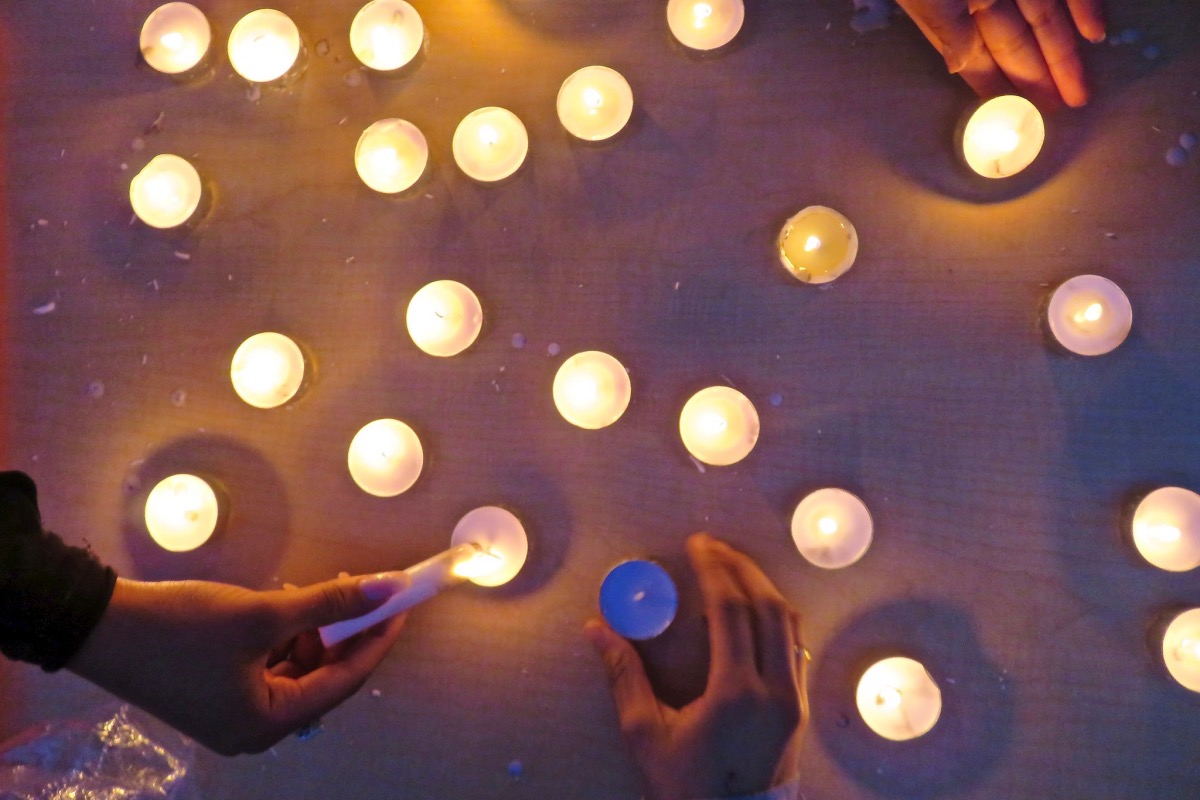

Vigil for the victims of the Parkland school shooting at Tam High School in Mill Valley, California (Fabrice Florin/CC BY-SA 2.0)
Although we have entered a new year, we can expect one thing to remain the same—heightened fear surrounding school safety.
On November 30, four people were killed and seven injured after a student opened fire in a high school in Oxford, Michigan. This reality has haunted us for decades, but now more than ever, we are witnessing an increase in school shootings, leading to a sense of disbelief, panic, and trauma, especially for students and their families directly impacted by these events.
As someone who works directly with high school students and has relatives working in schools, I can’t help but dread turning on the news and seeing yet another headline involving a school shooter. This is not unique to the United States but is a phenomenon that has become embedded into our nation’s history. If we do not begin to address this now, we will continue risking student safety due to the government’s inability to provide sufficient resources for schools to protect themselves from these imminent threats.
A fact that has been debated by many researchers is the racial demographic of the majority of the perpetrators in mass shootings. While some outlets have argued white males account for the majority of the perpetrators, others have pointed to whites being 73.9 percent of the U.S population, which suggests whites reasonably make up the majority of perpetrators based solely on numbers. Despite the contention surrounding the race and gender of the perpetrators, a recent study demonstrates the likelihood of white perpetrators being portrayed in a positive light compared to perpetrators of different ethnicity.
A study conducted by the University of Missouri concludes, “crimes committed by shooters of color are portrayed in the news stories as irrational, unexplainable and senseless.” However, when describing a white shooter, the crime seemed to be related to mental health and described the student as “in crisis.” This definitely speaks to the necessity of schools to provide increased mental health resources and programs to aid students during dire times. Even further, it calls for us to continue confronting white supremacy in every facet of our society, from our government to our schools that tend to over-police the bodies of students of color compared to their peers.
Time after time, white supremacy has infiltrated classroom spaces in more ways than one, reflected in disciplinary actions and a lack of culturally relevant curriculum and inclusive practices in many schools. It manifests itself in the school-to-prison pipeline, incarcerating Black and Brown young men and women at high rates compared to their counterparts. This is the very same white supremacy scholars such as Bettina Love warn against, one that upholds systems that underserve and fail children of color.
As we enter a new year, we must ask ourselves: are we living up to the promises of education or dooming our youth to an all-too-likely fate once they enter the front doors of their school buildings? As a society, what measures are we taking to prevent future incidents of school-related violence, which harm our most vulnerable students, often already tackling barriers related to gender, race, and socioeconomic status? If we do not begin tackling this phenomenon as a community, we might end up on a dangerous track that emboldens these horrific acts rather than addressing them at the source.
***
Yezenia Sandoval is a nonprofit professional from the West Side of Chicago, with a master’s degree in educational leadership and policy and a passion to spark critical conversations at the intersectionality of race and education.



its the parents job to ensure education and morality. not schools